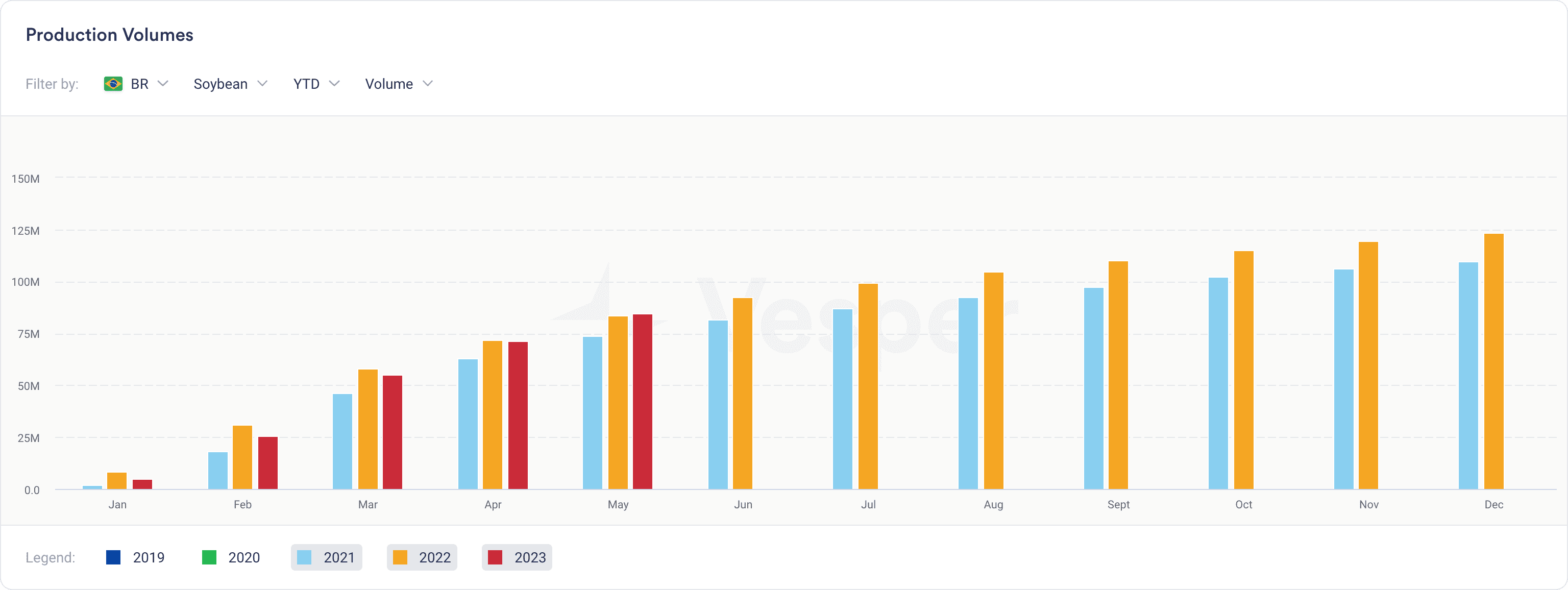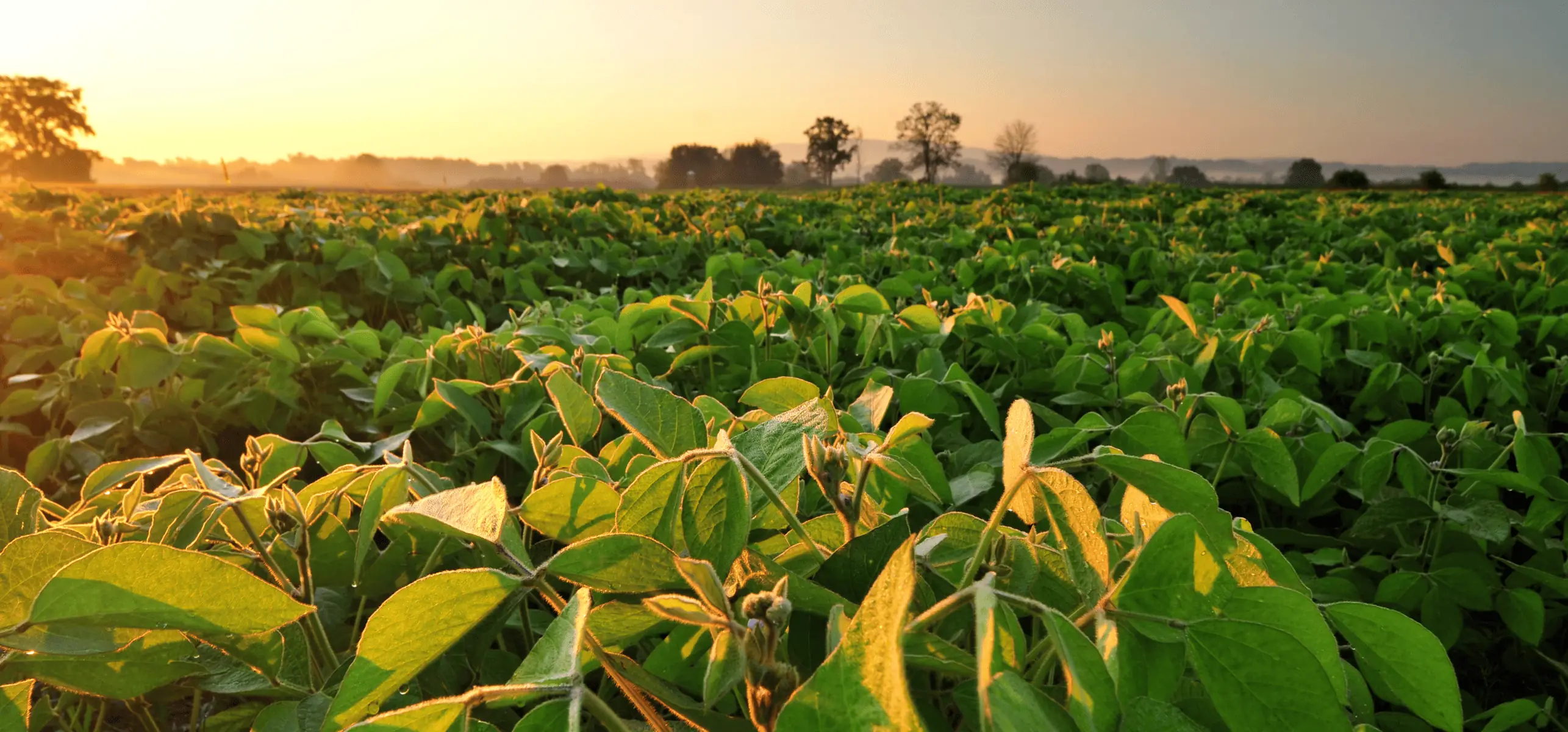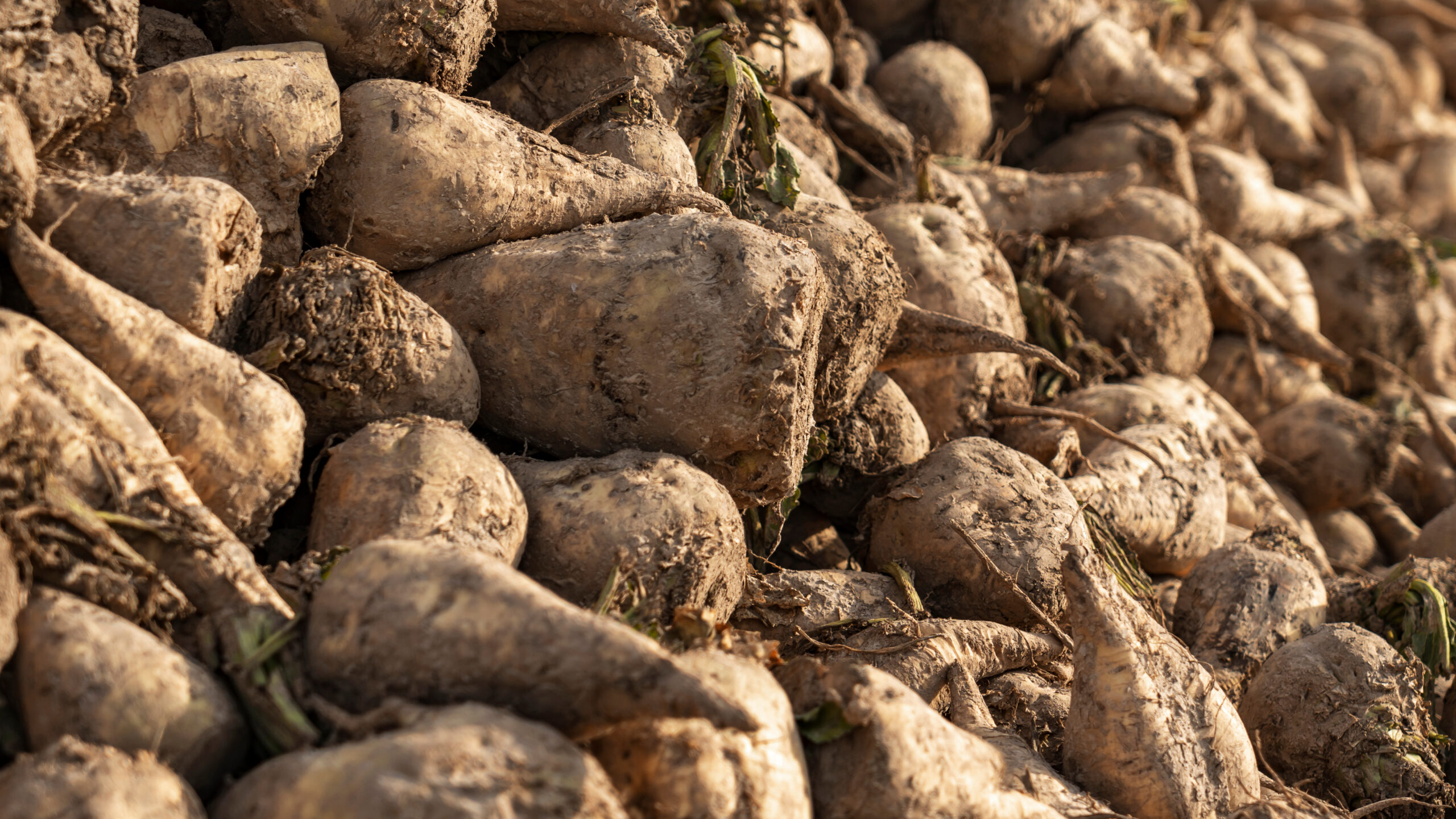Seasonality is a crucial aspect of agricultural production, particularly when it comes to vegetable oil crops. The timing of planting, midseason, and harvest can significantly influence supply, demand, pricing, and market dynamics. In this article, we will explore how understanding the seasonality of vegetable oil crops, such as soybean, can help in forecasting and implementing effective risk management strategies.
The importance of seasonality in crop production
Before delving into specific crop indicators, it’s essential to recognise the significance of seasonality in crop production. By knowing when crops are planted and harvested, as well as how the weather affects the crop through the midseason, agricultural stakeholders can make informed decisions about buying, selling, and managing their inventories. This knowledge helps in optimising market timing, anticipating price fluctuations, and mitigating risks associated with unexpected weather events or supply disruptions.
Utilizing crop indicators to understand seasonality
Crop indicators provide valuable insights into the seasonality of different crops across various countries. One such indicator is the “crop calendar,” accessible through a dashboard. By selecting specific countries and crops, users can visualize the planting, midseason, and harvest periods for the chosen crop.
For instance, focusing on soybean in Argentina and Brazil, we observe that the harvest period occurs in the months of March, April, and May. This knowledge sets the foundation for further analysis, allowing stakeholders to prepare for peak production and potential market movements.
Analyzing production volumes
Understanding production and crush volumes is another key aspect of comprehending crop seasonality. The production volume widget provides data on how much of the vegetable oil crop has been produced after the crushing process.
In the case of soybean oil in South America, the peak for production volumes align with the harvest period in April and May. This correlation shows that understanding the crop calendar and monitoring the crush volumes can help with the understanding of the influence on both crop growth and the subsequent production of vegetable oil.

Considering weather and its impact on crop yield
Weather conditions play a crucial role in crop development and, subsequently, in determining crop yields. Analyzing weather reports that focus on different regions and crops, including soybean, sunflower, palm, and rapeseed, can offer valuable insights into the potential yield and/or damage of the crops.
In the case of soybean, reports may cover regions such as the United States and South America. Understanding the potential weather-related risks in these areas can help stakeholders proactively manage supply chains and make informed decisions based on weather forecasts.
In conclusion
The seasonality of vegetable oil crops, such as soybean, is a critical factor for agricultural stakeholders and market participants to consider. By utilising crop indicators, analysing production volumes, and taking weather reports into account, stakeholders can gain valuable insights into the timing and potential challenges associated with crop harvest and oil production. Armed with this knowledge, they can forecast supply, make informed decisions about market timing, and implement effective risk management strategies, ultimately contributing to a more stable and efficient vegetable oil market.
Want to learn more about our data coverage for oils and fats? Read more here.



